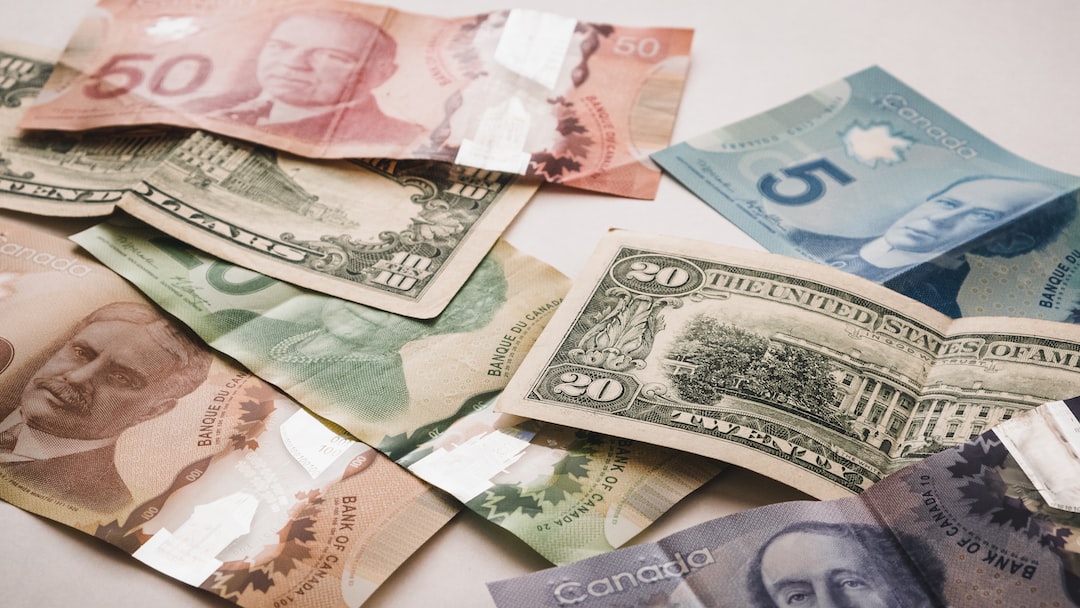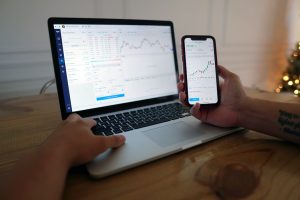Liquidity is an essential aspect of the forex market. It refers to the ease with which traders can buy or sell a currency pair without affecting its price. In other words, liquidity is the ability of an asset to be converted into cash quickly, without significant price slippage or a change in the market’s supply and demand dynamics.
Liquidity in the forex market is affected by several factors, such as the size of the market, the number of market participants, and the trading volume. Therefore, it is vital to identify liquidity in forex before entering a trade to ensure that it can be executed without any significant slippage or price variation.
Here are some ways to identify liquidity in forex:
1. Trading Volume: Trading volume is one of the most critical factors that affect liquidity in the forex market. The higher the trading volume, the more liquid the market is. Therefore, traders can identify liquidity by analyzing the trading volume of a currency pair.
For instance, if a currency pair has a high trading volume, it means that there are many buyers and sellers, and traders can easily buy or sell the currency without affecting its price. On the other hand, if a currency pair has a low trading volume, traders may face difficulty executing their trades, and the price may be more susceptible to price slippage or sudden fluctuations.
2. Bid-Ask Spread: The bid-ask spread is the difference between the bid price (the price at which traders can sell a currency pair) and the ask price (the price at which traders can buy a currency pair). A narrow bid-ask spread indicates that the market is highly liquid, while a wide bid-ask spread indicates low liquidity.
For instance, if the bid-ask spread for a currency pair is narrow, it means that there is a high demand for the currency, and traders can easily execute their trades without affecting the price. On the other hand, if the bid-ask spread for a currency pair is wide, it means that there is low demand, and traders may face difficulty executing their trades.
3. Market Depth: Market depth refers to the number of buy and sell orders at different price levels. A deep market has many buy and sell orders at different price levels, indicating high liquidity. On the other hand, a shallow market has a limited number of buy and sell orders, indicating low liquidity.
For instance, if there are many buy and sell orders at different price levels for a currency pair, it means that traders can easily execute their trades without affecting the price. However, if there are few buy and sell orders, traders may face difficulty executing their trades, and the price may be more susceptible to sudden fluctuations.
4. Time of Day: The time of day also affects liquidity in forex. The forex market is open 24 hours a day, five days a week, and liquidity varies depending on the trading session.
For instance, the European trading session (from 8:00 am to 4:00 pm GMT) is the most active, with high liquidity, as the European markets (such as London and Frankfurt) are open during this time. On the other hand, the Asian trading session (from 12:00 am to 8:00 am GMT) is less active, with lower liquidity, as most of the Asian markets (such as Tokyo and Hong Kong) are closed during this time.
In conclusion, liquidity is a crucial factor in forex trading, and traders need to identify it before entering a trade. They can identify liquidity by analyzing trading volume, bid-ask spread, market depth, and the time of day. By doing so, traders can ensure that they can execute their trades without significant price slippage or sudden fluctuations.






